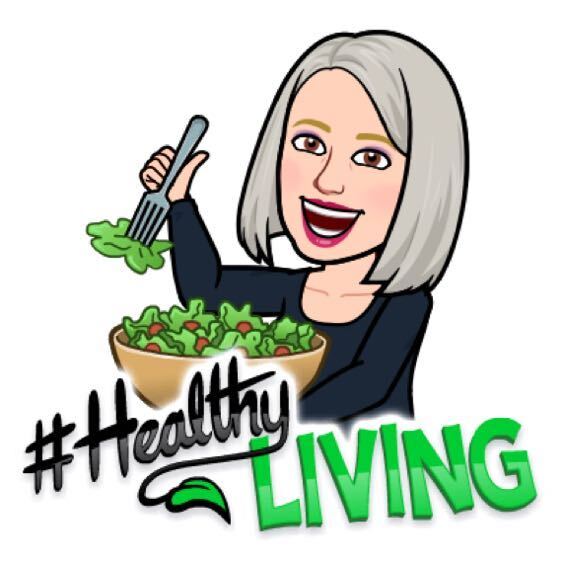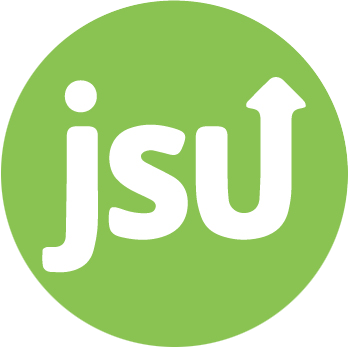
Road to Recovery
Eating well after a stroke is key to recovery. Choosing healthy foods can help control blood pressure, body weight, reduce a person’s risk of having another stroke, and may help with the demands of stroke therapy and other daily activities.
Once a person has had a stroke, preventing another stroke can be achieved by taking the appropriate steps to control weight and blood pressure. Healthy food choices are a major step in the right direction. When it comes to stroke, no two people have the same outcomes. Recovery is individual to the person and how they incorporate healthy eating strategies with frequent check-ups by their physician and taking prescribed medications.
According to the “Cleveland Clinic,” a non-profit academic medical center, there are ten strategies to reduce your risk of having a stroke. (citation 1)
Eat a variety of foods each day.
No single food can provide our bodies with all of the nutrients we need for good health, choose a variety of foods each day.
Eat a rainbow of colorful foods at each meal.
In order to benefit from the health-protective nutrients found in fruits and vegetables, it’s important to choose a variety of colorful foods at each meal. Go for a rainbow approach by choosing an array of fruits, vegetables and legumes – dark reds, oranges, vibrant yellows, deep greens, blues and purples. By choosing a rainbow of color you’ll be sure to take in a wide range of nutrients.
Choose 5 or more cups of fruits and vegetables each day
Research shows that the best way to reap the benefits of a healthy diet is to increase your intake of fruits and vegetables. Eat a minimum of 5 servings each day.
One serving of vegetable is equal to:
- 1 cup raw or leafy vegetable
- ½ cup cooked vegetables
- 6 ounces vegetable juice
One serving of fruit is equal to:
- 1 medium sized (tennis ball size) piece of fruit
- 1 four-inch banana
- ½ cup fruit cocktail, in own juice
- ½ grapefruit
- 1 cup diced melon or berries
- 2 Tbsp dried fruit
- 4 ounces 100% fruit juice
Read Food Label
Once you get used to reading food labels, you’ll become a healthier shopper. Reading food labels is a great way to learn more about the foods you are eating. Most foods must have nutritional information listed in a standard way. When selecting foods for reducing your risk of stroke, focus on the following information on the food label for each serving:
Calories
Total fat
Saturated fat
Trans fat
Cholesterol
Sodium
Dietary fiber
Limit your intake of saturated and trans fat and cholesterol
Cholesterol is a fatty, waxy substance made by your body and found in foods of animal origin. Your body needs cholesterol to maintain the health of your body’s cells. An excess of cholesterol in your blood can increase your risk of stroke and heart disease. High levels of blood cholesterol are the result of two factors:
How much cholesterol your body makes.
How much fat and cholesterol is in the food you eat.
Diets
Diets high in saturated fats are linked to high cholesterol and an increased risk of cardiovascular disease. Saturated fats are solid at room temperature and are found in animal products like meat, cheese, egg yolks, butter, and ice cream, and some vegetable oils (palm, palm kernel and coconut). Limiting the amount of saturated fat you eat from these foods is key to stroke prevention.
Cut the saturated fat in your diet; make the following substitutions:
Saturated Fat
Diets in high trans fats are also associated with high cholesterol and increased risk of cardiovascular disease. Trans fats are formed when an unsaturated vegetable oil is turned into a more saturated one through a process called hydrogenation. Food products that contain partially hydrogenated vegetable oils should be avoided.
Trans fats are found in:
Anything made with partially hydrogenated fats (e.g., many processed foods including cookies, crackers, fried snacks and baked goods, and canned frostings)
- Stick margarine
- Vegetable shortening
- Most fried foods
Choose the following substitution:
To limit the trans fat in your diet. Look for foods that are labeled trans fat free or those that use liquid vegetable oils instead of hydrogenated ones in their ingredients.
How much sodium should you consume each day?
A person with high blood pressure or a history of heart disease or stroke should stick to 1,500 milligrams each day. Talk with your doctor to determine what your sodium level should be. Eating too much sodium may cause you to retain fluids and increase your blood pressure. Not adding salt to foods at the table is one way to cut down on your sodium, but it isn’t enough
Tips to lower the sodium in your diet
Substitute herbs and spices for table salt.
Table salt is one of the largest sources of sodium in our diet. Instead of using salt, try using herbs and spices. Avoid mixed seasonings and spice blends that include salt or garlic salt.
Use fewer processed and canned foods. In addition to adding flavor, sodium is also used to preserve foods.
The more the food is processed, the higher its sodium content. To cut your sodium intake, limit convenience foods such as canned and instant soups or vegetables, canned meats, frozen entrees, frozen side dishes with sauce packets, instant cereal and puddings, gravy and sauce mixes, and quick cooking boxed mixes for rice, pasta and potatoes.
Select frozen entrees that contain 600 milligrams or less of sodium. Limit to one of these per day. Check the package label for sodium content.
Choose snack foods wisely
Most snack foods like potato chips, peanuts, pretzels and crackers are high in sodium. Choose low or reduced sodium versions of snack foods or eat more natural snacks like plain popcorn, vegetables or fruit.
Choose foods high in fiber
Fiber reduces cholesterol and the overall risk for cardiovascular disease. Dietary fiber is the part of plants the body cannot digest. As it passes through your body it affects the way your body digests foods and absorbs nutrients. How much fiber you eat affects not only your cholesterol level and risk for stroke, but may have other health benefits. It helps control blood sugar, promotes regularity, prevents gastrointestinal disease and helps with weight management.
- Start the day off right with whole grain cereal or whole grain toast (if your cholesterol is high, choose oatmeal or oat bran cereal or toast).
- Instead of fruit juice, have a whole piece of fruit.
- For a fiber-packed lunch toss ½ cup of garbanzo beans into a dark leafy green salad.
- Choose whole grain buns, bagels, English muffins, crackers and bread instead of enriched or white varieties.
- Purchase whole-wheat pasta and brown rice instead of enriched or white varieties.
- Top yogurt or cottage cheese with fresh fruit or nuts.
- Give a boost to soup by adding veggies, dried beans or barley.
- Substitute brown rice for white.
- Grab fruit, veggies, a granola bar or trail mix for a change-of-pace healthy snack.
- The best sources of dietary fiber are raw or cooked fruits and vegetables, whole-grain products, and legumes (e.g., dried beans, lentils, split peas).
Maintain or achieve a healthy body weight
A healthy body weight is key in preventing a stroke. Watching portion sizes, eating foods high in fiber and low in fat. Avoiding fad diets, increasing your activity, and keeping track of your eating habits are all ways to achieve a healthy body weight. Establish realistic short and long-term goals from the start; weight loss does not happen overnight.
Reduce intake of added sugar
Excess intake of added sugar is associated with hypertension, obesity, type 2 diabetes, and dyslipidemia, which are all risk factors for stroke. It is important to lower the intake of added sugar products by using them less often or by decreasing the amount you use.
Get enough potassium
Dietary potassium intake is necessary in order to maintain proper heart function. Potassium is abundant in fruit, vegetables, and milk products. If you consume recommended amounts of these food groups, you should achieve an adequate intake of potassium. Good fruit choices include bananas, apricots, oranges, cantaloupes, and apples. High-potassium vegetables include potatoes, sweet potatoes, spinach, zucchini, and tomatoes.
Recovery
Recovering from a stroke is a grueling, frustrating process, and many seniors experience depression, anxiety, and hopelessness. To get loved ones through recovery caregivers must constantly be empathetic to support and nurture every aspect of their loved one’s health: physically, emotionally, mentally, and socially. Encourage independence with daily activities.
Conclusion
Stroke patients need assistance and by encouraging them to resume normal daily activities such as cooking, eating nutritious meals, light housekeeping, dressing, and bathing, it will foster independence and a continual sense of dignity.
In addition, assisting with rehabilitation and therapy will further help patients recover their sense of independence. Stroke survivors need to relearn new physical skills through assisted physical therapy. Caregivers need to ensure the therapy is being performed safely. Most importantly, offer nonstop encouragement and compassion. After a stroke, it’s crucial for our loved ones to receive words of encouragement and support to try to prevent the common emotional side effects of depression, anger, and apathy. (citation 2)
Citation 1:
https://my.clevelandclinic.org/health/articles/13486-eating-well-after-a-stroke
Citation 2:
https://www.homecareassistanceamarillo.com/what-to-include-in-diet-during-stroke-recovery/

